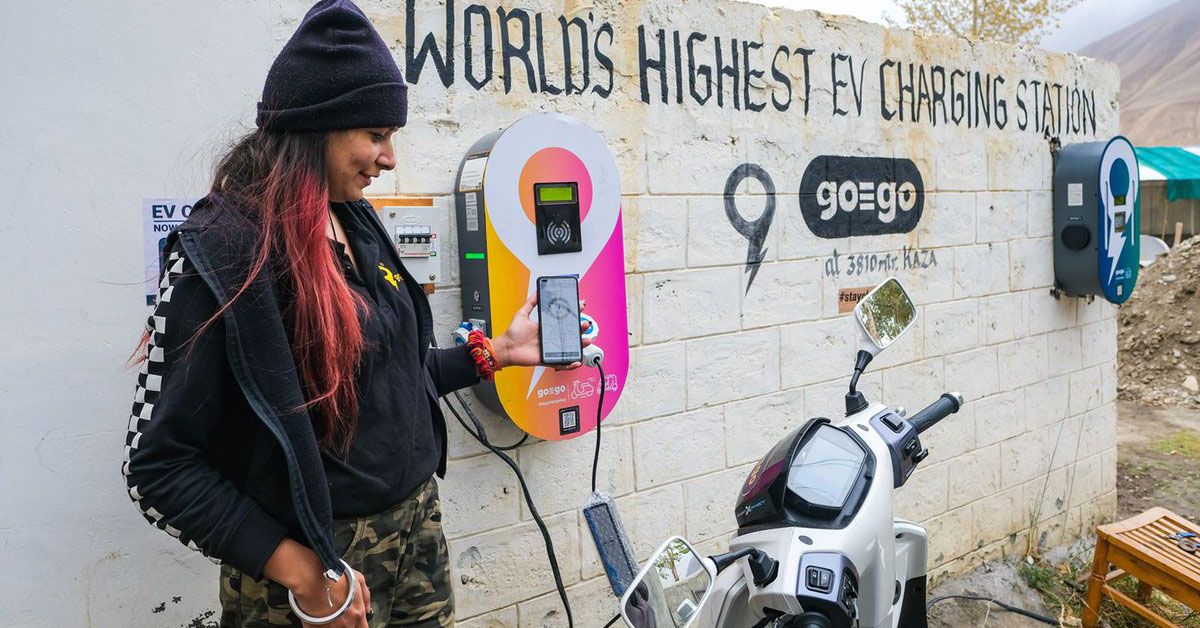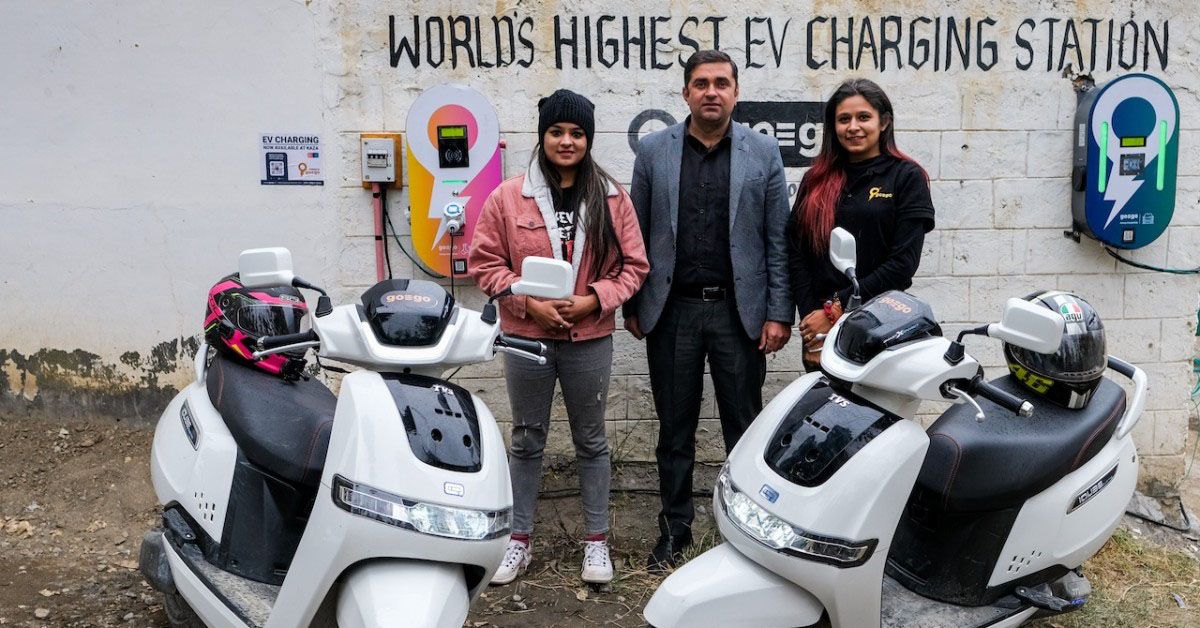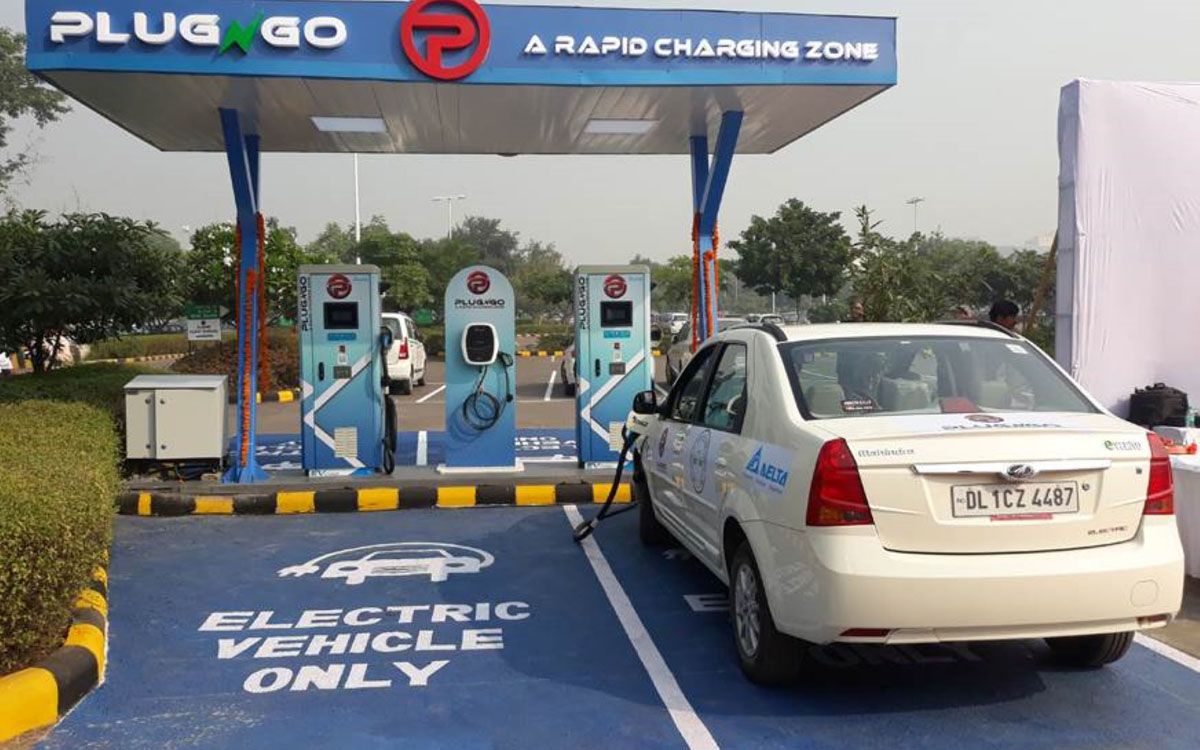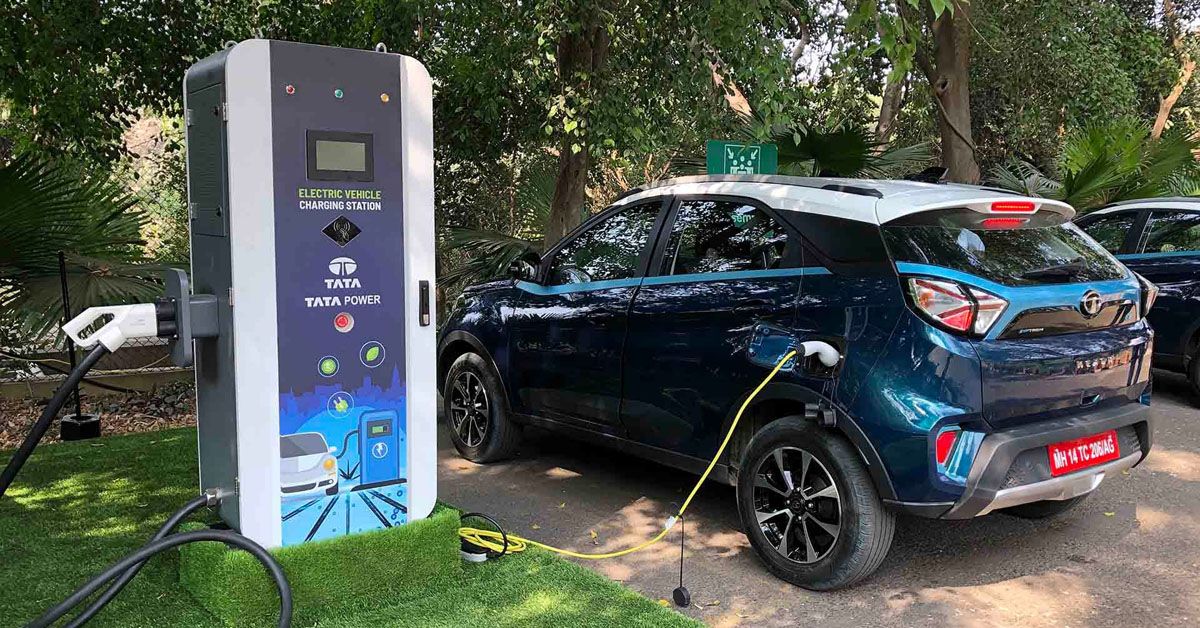The world’s highest EV charging station is here, and surprisingly, it's not in the US, or the European Union, or even the UK. It’s in India, where the Electric Vehicle revolution if you can call it that, is fledgling at best. That said, the current government aims to turn India into an EV nation by 2030. Lofty dreams, but then again, with the loftiest charging station in place, stranger things have happened.
While India may boast of the world’s highest EV charging station, the ground reality is starkly different. As of 2019, the global EV stock stood at 7.2 million units. 47% of that was sold in China, while the USA accounted for 21% of the share. Europe took another 25% while only 600,000 units were sold in the rest of the world. For 2019, the EV consumption figure in India stood at a dismal 170,000 units.
While the world is rapidly moving towards EVs and other cleaner fuels, with Asian automakers like Hyundai trying to popularize hydrogen fuel, India needs to catch up. In the 2019-20 financial year, the sales of EVs in India went up and stood at 2,95,683 units. But for 2020-21, the trend reversed and only 2,36,802 units were sold.
India needs to get ahead in the EV race. Considering it now has the world’s highest EV charging station, more needs to be done, at a faster rate.
The Sky-High Dreams Behind The World’s Highest EV Charging Station
In the tech-trending city of Pune, Maharashtra, an EV charging infra startup called goEgoNetwork has claimed to have made and installed the world’s highest EV charging station. It’s located in Kaza, in Spiti Valley in the Himalayan state of Himachal Pradesh, which lies at an altitude of 3,800 meters above sea level.
According to media reports, the world’s highest EV charging station has Bharat AC and Dual Socket Type 2 chargers, with Make-in-India certification. It’s compliant with ARAI and OCA certification and can charge all current models of EV scooters and cars available in India.
According to Dheeman Kadam, Co-founder and CMO, goEgoNetwork, “Our objective, is to provide the best charging experience for everyone who wants to participate in this sustainable change. While we are excited about the installation of the charging station on one of the highest motorable roads, we look forward to installing a lot more shortly”.
The EV Makers & Charging Stations Of India
It’s not easy to sell cars in India. Ask GM, who valiantly tried and then quit selling in India more than four years ago. And now Ford has also given up, despite selling economy cars in India that were very low on maintenance. For now, when it comes to the auto market in India, Japan rules in sales with Suzuki, with Honda, Hyundai, and Toyota doing fairly well. Even German automakers like BMW, Audi, and Mercedes-Benz appeal to the luxe mindset of India’s rich and famous and have been doing well.
When it comes to EVs, the market is even tougher and relies on India’s automakers, namely Tata, Mahindra, and Force. Tata has notably launched a few EVs, and there are a few from Mahindra as well. MG has launched an EV, and so have luxe brands all of which can be charged at the world’s highest EV charging station.
There has been a slew of two- and three-wheeler EVs in India, and this is where the market is burgeoning the most. And yes, the world’s highest EV charging station can power up these as well.
For now, India has limited charging stations and there’s a new app called EV Plug in the town that can help you locate most of them.
The Challenges In India’s EV Mindset
If we talk about the ground reality in India, never mind the world’s highest EV charging station, the fuel costs that go into powering an internal combustion engine are 3-5 times more than what goes to power an EV. This, taking into consideration that electricity in India is not cheap.
But the upfront cost of an EV is way more than an ICEV. Let’s take the example of the Tata Nexon. It’s a subcompact crossover SUV, tiny really, and comes in gasoline, diesel, and EV format. The gasoline (petrol) ICEV starts at about $10,000 and the diesel one starts at $11,500 or so, not accounting for registration and insurance. The base price of the EV touches nearly $19,000. That’s a whopping price difference. The insurance premiums of an EV are also higher, which leads to a massive price difference between an ICEV and an EV in India.
While the running costs of an EV are lower than that of an ICEV, it takes years of running the car and plenty of kilometers under the belt for the car to truly prove to be cheaper. Although a trip to the highest motorable road in India with the world’s highest EV charging station could add to those miles.
Laudably, the government has launched and plans to introduce several more financial schemes to sweeten the deal when it comes to buying EVs. Small three-wheeled commercial passenger “E-rickshaws” have already inundated the streets of the metro cities in India, and things may soon trickle into the rural area as well, through the electrification of commercial vehicles.
With the world’s highest EV charging station in place, it's time India took the lead in the amount of EVs it has as well.
Sources: TimesOfIndia, News18, Business-Standard, goEgoNetwork, TheHindu




